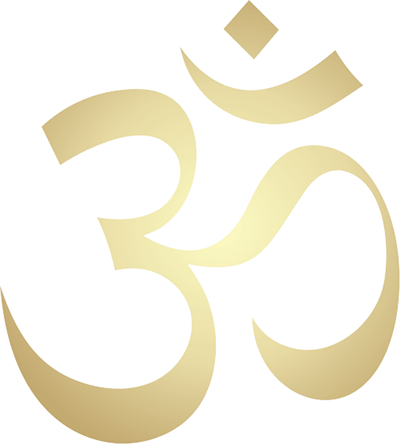



108 Names of Bharat Mata Video
108 Names of Bharat Mata
Gayatri Mantras Video
Bharat Mata Gayatri Mantras
Ekavimski Video
Bharat Mata Ekavimsati Song

Click on Link below to go to Youtube Videos
To download MP3 Audio right click and "save link as"
Home
About the Author
108 Names of Bharatamata
Gayatri Mantras
Ekavimsati Song
Speaking/Media Contact
Sri Bharatamata
Ashtottaram 41
41) OṀ ĀŚRAMA DHARMA BHŨMYAINAMAH:
OṀ (AUM) - AA -`SRA -MA- DHAR -MA-
-BHOO-MYAI-- NA-MA-HA
(Āśramam: means- dwelling place of religious devotees, each of the four periods of
Vedic religious life, place of resting; Dharma: duty, righteouness)
Every person has the responsibility of performing his prescribed duties to himself, family, society, country and the world. It also includes the duties to be done that are age appropriate. In modern world, with socialism on the rise, no one performs his duties but expects a lot from family, society, country and even the world. There is an old saying that 'before you demand something from your country, you have to ask yourself what you did for your country', but now a days, nobody cares about that anymore.
According to the value-system propounded by Hinduism, mokṣha or spiritual emancipation is the ultimate goal of life. However, emotional infirmities like attachment and aversion or lust, greed and anger always raise their ugly heads to thwart person's spiritual progress. With an uncanny insight into human psychology the ancient sages of India have prescribed a way of life which affords scope and opportunity for the fulfillment of all the legitimate desires, while keeping them under a healthy check. The concept of the four purushārthās, when looked at from this angle, is a unique contribution. The philosophy behind this concept aims at the gradual sublimation of the human instincts by first allowing them to find a healthy expression. The method of achieving this is the āśrama-system.
According to this Vedic system, the life of the individual is divided into four āśramās or stages of life: 1) brahmacharyam (studenthood), 2) gārhasthya (married state), 3) vānaprastha (the state of the forest recluse, contemplation) and 4) sannyāsa (monkhood, renuncee). Though these four āśramās were intended to be adopted successively, exceptions were allowed in special cases, so that persons could take to sannyāsam even from the first or the second stage. The word 'āśrama,' in a non-technical sense means a place of resting, or a hermitage for sages. Such āśramās generally are built in places of natural beauty and quietness, like a forest, banks of rivers, foot or top of a hill and so on. They were earmarked for 'simple living and high thinking,' for austerities, contemplation and spiritual studies. By practicing these stages of life, our ancient Hindus brought our nation to the spiritual heights in the history of mankind.
The people of the land that practiced the four stages of life according to the Vedic system are none other than our 'Āśrama Dharma Bhūmi.'

